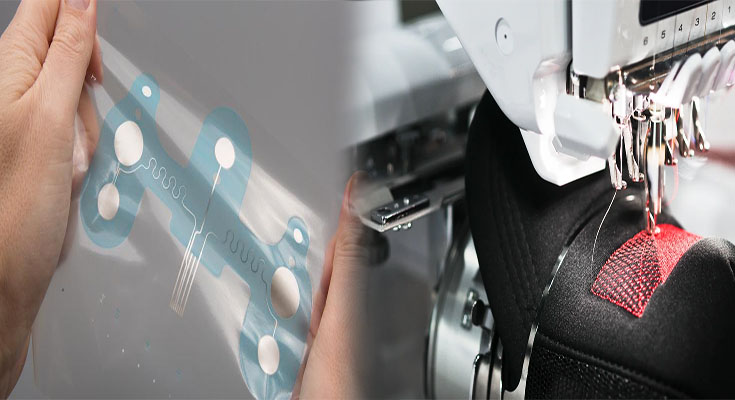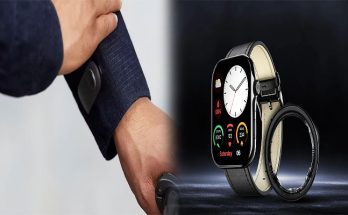Advancements in technology have paved the way for innovative developments in the fashion industry, particularly in the form of smart clothing. These garments are designed to go beyond mere aesthetic appeal, incorporating wearable technology to enhance functionality and provide users with unique capabilities. In this article, we will explore the integration of wearable technology in smart clothing and the impact it has on the way we interact with our clothing.
What is Wearable Technology in Smart Clothing?
Wearable technology in smart clothing refers to the incorporation of sensors, microchips, and other electronic components into garments to collect data, monitor biometrics, and enable interactive features. This technology allows clothing to perform functions beyond the traditional role of covering and protecting the body. From monitoring health metrics to enhancing athletic performance, smart clothing offers a wide range of possibilities for users.
Key Features of Smart Clothing with Wearable Technology Integration
- Biometric Monitoring: Smart clothing can include sensors that track vital signs such as heart rate, body temperature, and activity levels. This biometric data can provide users with valuable insights into their health and fitness metrics.
- Interactive Capabilities: Some smart clothing incorporates touch-sensitive fabrics or LED panels that respond to gestures or external stimuli. This allows users to interact with their clothing in innovative ways.
- Environmental Adaptability: Certain smart clothing is designed to adapt to environmental conditions by regulating body temperature, providing UV protection, or offering water resistance. This enhances comfort and functionality for the wearer.
- Data Transmission: Many smart clothing pieces are equipped with Bluetooth or Wi-Fi connectivity, enabling them to transmit data to smartphones or other devices for real-time tracking and analysis.
Applications of Wearable Technology in Smart Clothing
- Fitness and Sports: Smart athletic wear can monitor performance metrics such as distance traveled, calories burned, and workout intensity. This data helps athletes and fitness enthusiasts track progress and optimize their training regimens.
- Health Monitoring: Smart clothing with biometric sensors can help individuals monitor their health conditions, such as heart rate variability, stress levels, and respiratory patterns. This data can be shared with healthcare professionals for better diagnosis and treatment.
- Fashion and Entertainment: Wearable technology in smart clothing is also being used for aesthetic and entertainment purposes. LED-embedded garments can create customizable light displays, while interactive fabrics can respond to music or movement for a dynamic visual effect.
Future Outlook
The integration of wearable technology in smart clothing represents an exciting frontier in the fashion industry. As technology continues to advance, we can expect to see even more sophisticated and versatile applications of smart clothing. From personalized wellness solutions to interactive fashion experiences, smart clothing is poised to revolutionize the way we engage with our garments and interact with the world around us.
Wearable technology integration in smart clothing is reshaping the fashion landscape by combining style with function and innovation. By seamlessly blending fashion with technology, smart clothing offers a glimpse into a future where our garments are not just pieces of fabric, but intelligent companions that enhance our lives in myriad ways.





